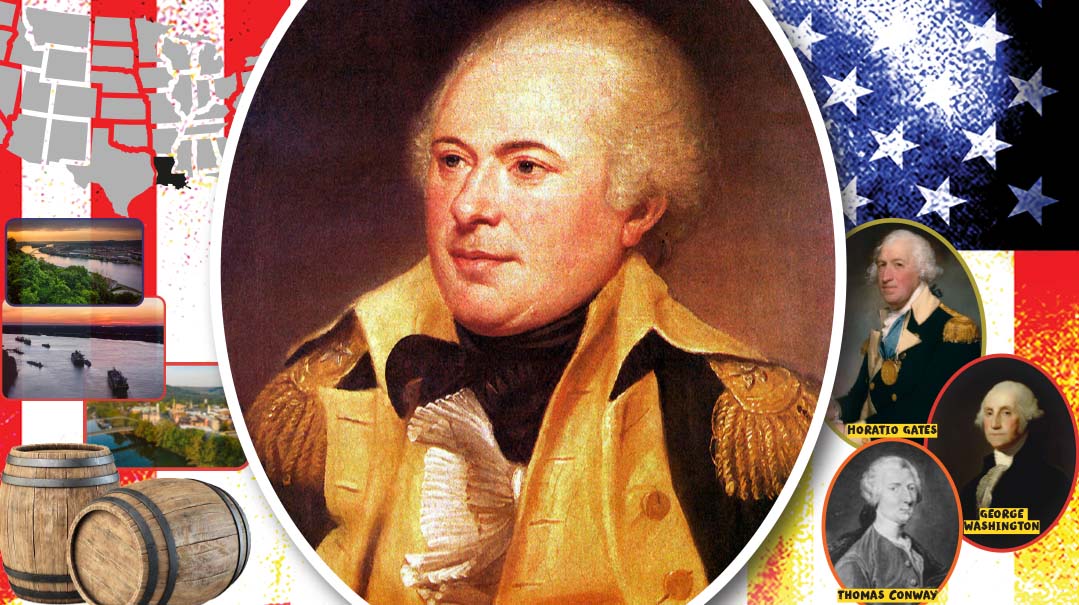Turncoat

How General James Wilkinson betrayed George Washington — and got away with it

General James Wilkinson, war hero and friend to the Founding Fathers, was one of the most important men of his time. He was also the most notorious. It was an open secret that he was spying for the Spanish, and yet he was never convicted for his crimes.
How did Wilkinson gain the trust of the first five presidents of the United States, even when everyone knew that he was a traitor?
The Boy from the Manor House
1757–1775
James Wilkinson was born in 1757 in Calvert County, Maryland. The Wilkinsons were an important family — or at least they thought so. Grandpa Wilkinson had purchased a plantation in Maryland that he called Stoakley Manor. Although the family had money, they were not nearly as wealthy as Maryland’s elite. But from the way the Wilkinsons carried on about themselves, you’d never know that they were really simple planters (plantation owners). In their own eyes, they were just as important as those in the higher social class. They made over-the-top weddings, drove flashy carriages, and were always dressed in the height of fashion.
But their financial status was not as comfortable as they made it appear. When Grandpa Wilkinson died, he left boatloads of debt and some parts of the estate had to be sold to repay the creditors. But this did nothing to reduce the family’s importance in their own eyes. From when he was born, James was surrounded by people who were obsessed with money and status.
James was only six years old when his father became ill. Before he died, his father called him and spoke his very last words, “My son, if you ever put up with an insult, I will disinherit you.”
This was a lesson that James took with him for the rest of his life. He was known for blowing up in anger whenever someone insulted him. Ironically, he never inherited anything anyway. His father left everything to James’s older brother.
The sense of entitlement that James was raised with became a pattern in his life. When he came of age, he went to study medicine at the University of Pennsylvania. For two years, James dedicated himself to his studies. But then he became impatient and decided that he knew everything there was to know and that a third year of studies was unnecessary. Although he was not yet qualified as a doctor, he made plans to return to Maryland to practice medicine.
Oops! We could not locate your form.





